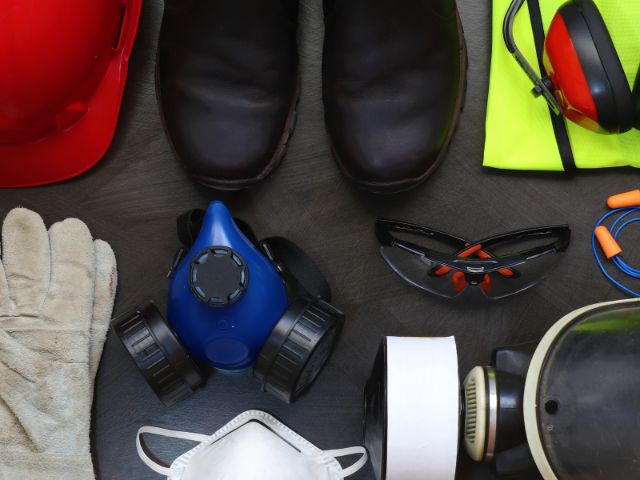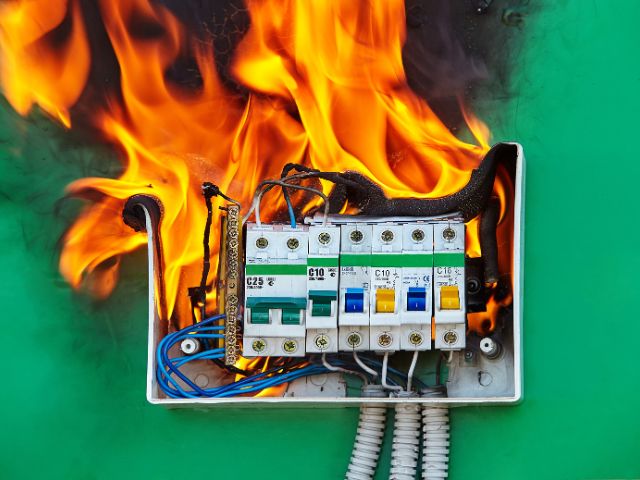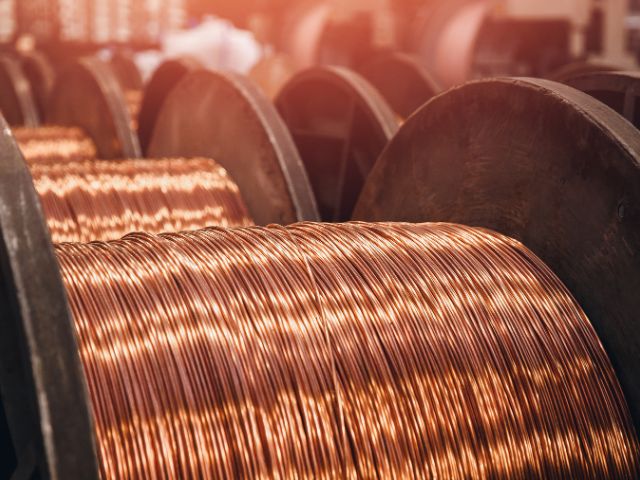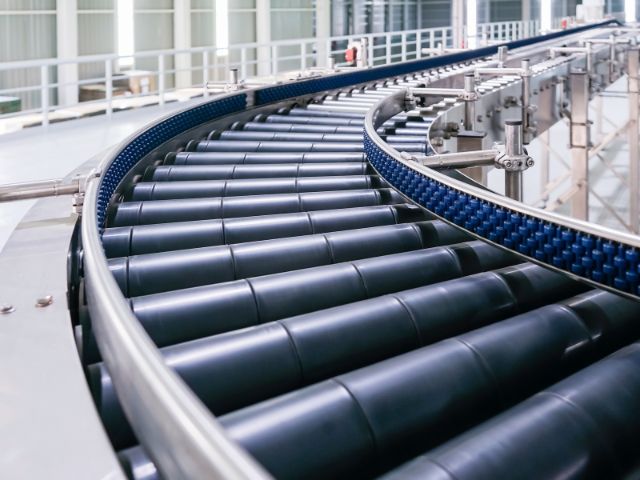

There are always hazards on the worksite for you to watch out for. Knowing the most common dangers and wearing protective equipment while working will keep you safe. Still, employers have an obligation to ensure you receive proper protection when on the job.
By law, personal protective equipment (PPE) must always be worn by workers who are in danger of falling debris, electrocution, fire, or other hazards. These are the types of PPE that employers are required to pay for.
Many worksites and construction areas are dangerous due to falling debris that could strike workers on their heads, causing severe injuries or death. Loose electrical wires can fall onto a worker and cause electrocution.
Hard hats are proven to save lives, and employers must provide them to anyone who enters the site. It’s essential to wear your hard hat properly and always keep it on to avoid injury to the head and face.
Gloves are another important piece of PPE that workers should always have available. Gloves are essential when working with hazardous materials and chemicals because they provide a barrier to prevent exposure to the skin.
Gloves are essential in clinical settings where the spread of contaminants or germs is a concern. Many industrial environments require specially designed gloves, whether for the fingers, hands, or entire arm, and the employer should provide them.
In most cases, employers must provide or reimburse employees for safety shoes. In industrial settings, a pair of steel-toed boots is necessary for preventing damage to toes from heavy or sharp objects. Others might need a non-slip sole or something more lightweight and breathable.
Safety shoes should be comfortable with proper tread, especially when working on high, uneven surfaces or a ladder. The right shoes will also promote good posture, preventing long-term wear on your muscles.
Employers must always prepare for fire, a huge safety risk posed by worksites. A well-made set of fire-resistant clothing could save your life if a fire breaks out. Pants, shirts, socks, shoes, and masks are all essential when working on sites with combustible materials or chemicals.
If you’re not sure whether your employer should pay for your FR clothing, OSHA requires them to do everything possible to keep you safe. Remember, FR clothing can be expensive, so you should ensure your employer compensates you for anything you buy.
No matter how much you need a job, your safety and livelihood aren’t worth it. Having the right PPE should be a prerequisite for even entering the worksite.
Employers must pay for many types of PPE; knowing which is essential for your job site will save you money and keep you safe.
24World Media does not take any responsibility of the information you see on this page. The content this page contains is from independent third-party content provider. If you have any concerns regarding the content, please free to write us here: contact@24worldmedia.com

Common Mistakes When Using Athletic Field Tarps

High-Performance Diesel Truck Upgrades You Should Consider

Warehouse Optimization Tips To Improve Performance

Fire Hazards in Daily Life: The Most Common Ignition Sources

Yellowstone’s Wolves: A Debate Over Their Role in the Park’s Ecosystem

Earth Day 2024: A Look at 3 Places Adapting Quickly to Fight Climate Change

Millions of Girls in Africa Will Miss HPV Shots After Merck Production Problem

This Lava Tube in Saudi Arabia Has Been a Human Refuge for 7,000 Years

Four Wild Ways to Save the Koala (That Just Might Work)

National Academy Asks Court to Strip Sackler Name From Endowment

Ways Industrial Copper Helps Energy Production

The Ins and Out of Industrial Conveyor Belts